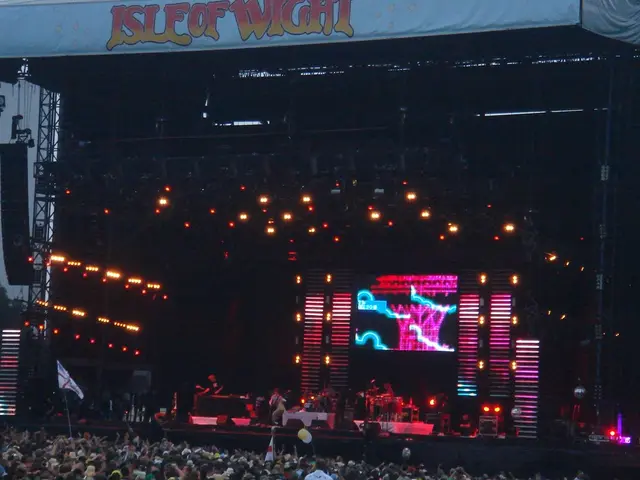Cosmic Spectacle: Understanding Meteor Showers - Comprehensive Description - Glossary of Astronomical Wonders
Meteor showers are a celestial spectacle that can be observed from anywhere on Earth, offering a mesmerising display of "shooting stars" in the night sky. These cosmic events occur when Earth's orbit intersects with the debris field of a comet or asteroid, causing the particles to enter our atmosphere at high speeds and burn up.
The particles that cause a meteor are known as meteoroids. Comets and asteroids leave debris as they orbit the sun, which can lead to the creation of meteor showers. Comets, consisting of ice, dust, and rock, release gas and dust as they approach the sun, creating a tail of debris.
When Earth passes through the debris field of a comet or asteroid, the particles enter the atmosphere and burn up, creating the streaks of light we see as meteors. These celestial fireworks can be best viewed away from city lights and on clear, moonless nights.
One of the most well-known meteor showers is the Perseids, which occur every August. The origin of the Perseids is the debris trail left by the comet 109P/Swift-Tuttle, which orbits the sun approximately every 133 years. As the Earth passes through this cosmic dust trail annually in August, these particles enter the atmosphere at high speed, creating the bright meteor streaks of the Perseids.
To best view a meteor shower, find a dark location away from city lights, during the peak hours, and give your eyes time to adjust to the darkness. It is also recommended to bring a blanket or chair to sit on and dress warmly, as the night can be quite chilly.
Other notable meteor showers include the Geminids in December and the Leonids in November. These events offer equally captivating displays of celestial fireworks, making them must-see events for stargazers and space enthusiasts alike.
Lastly, it's important to note that a meteor is the streak of light seen when a meteoroid enters Earth's atmosphere and burns up. However, if any surviving fragments reach the Earth's surface, they are referred to as meteorites.
So, next time a meteor shower graces our skies, take a moment to step outside, find a comfortable spot, and witness this awe-inspiring cosmic dance. It's a reminder of the vastness of the universe and our place within it.
Read also:
- Peptide YY (PYY): Exploring its Role in Appetite Suppression, Intestinal Health, and Cognitive Links
- Toddler Health: Rotavirus Signs, Origins, and Potential Complications
- Digestive issues and heart discomfort: Root causes and associated health conditions
- House Infernos: Deadly Hazards Surpassing the Flames








